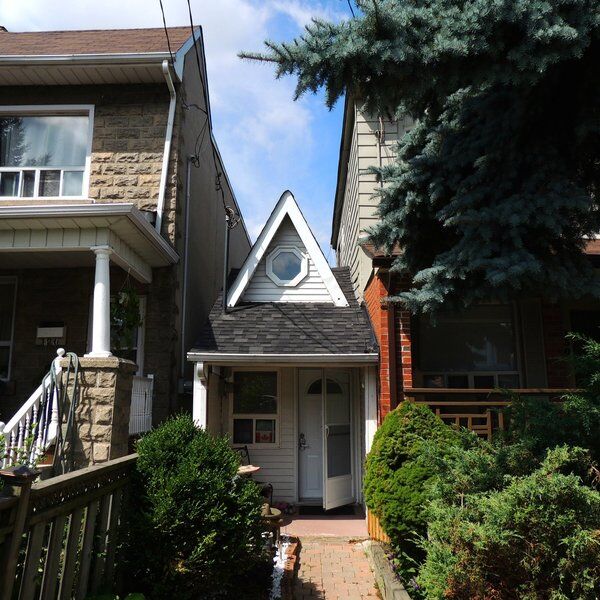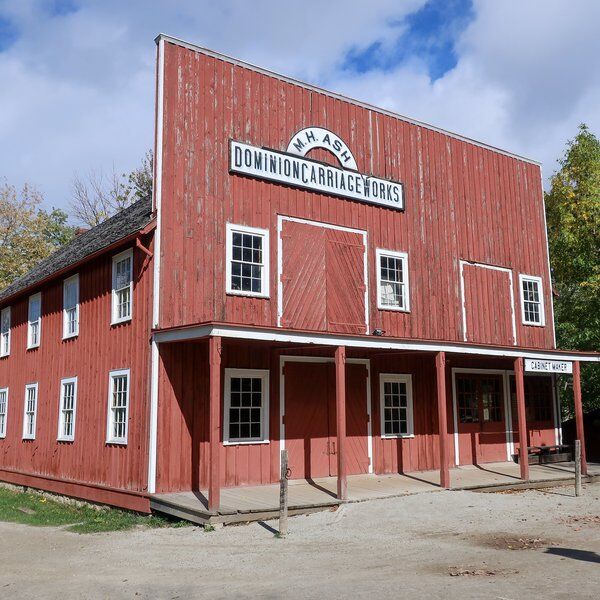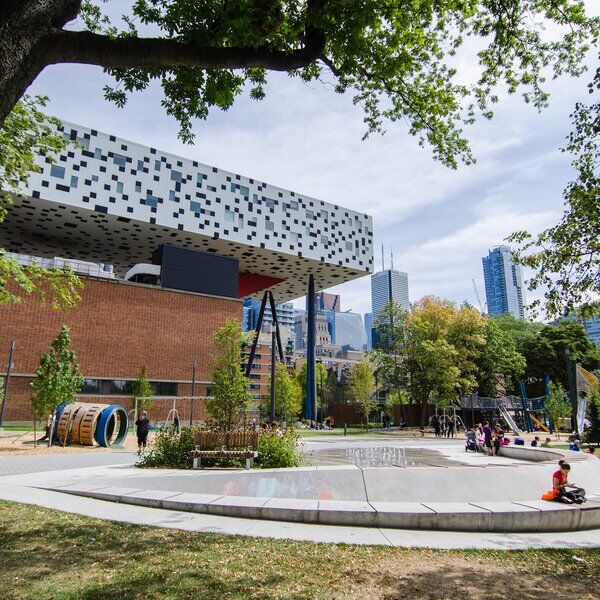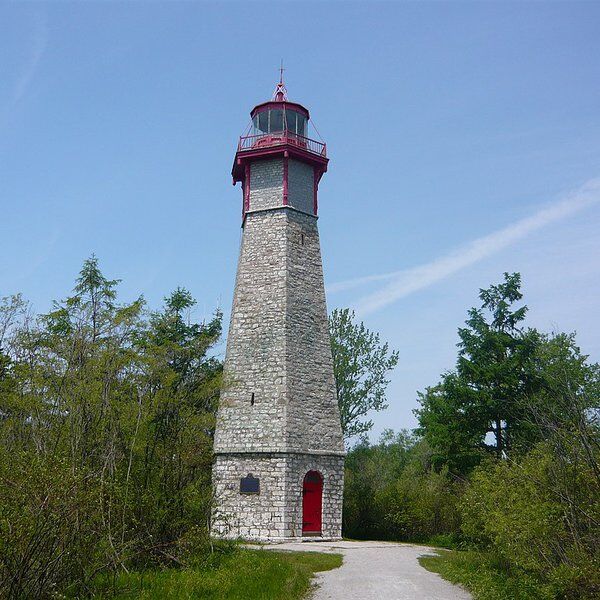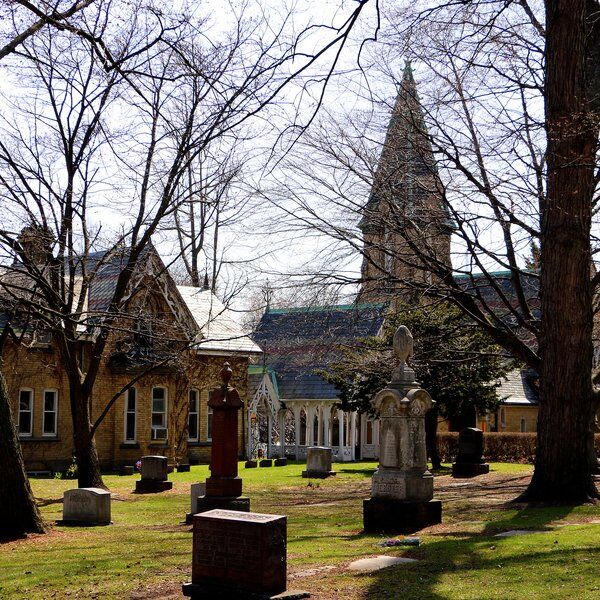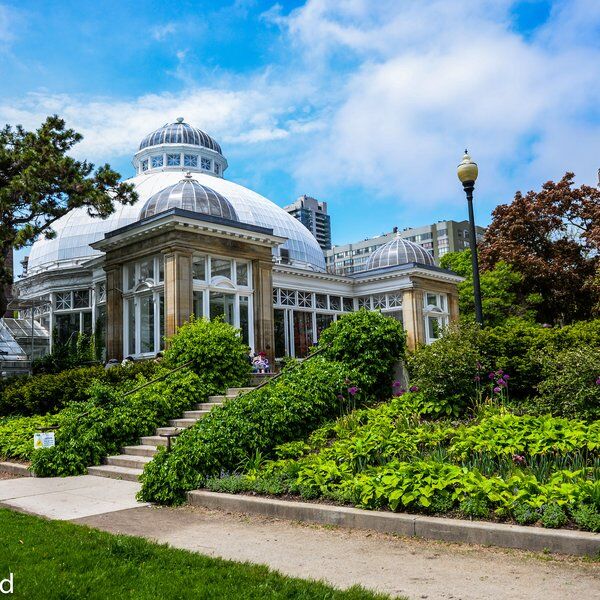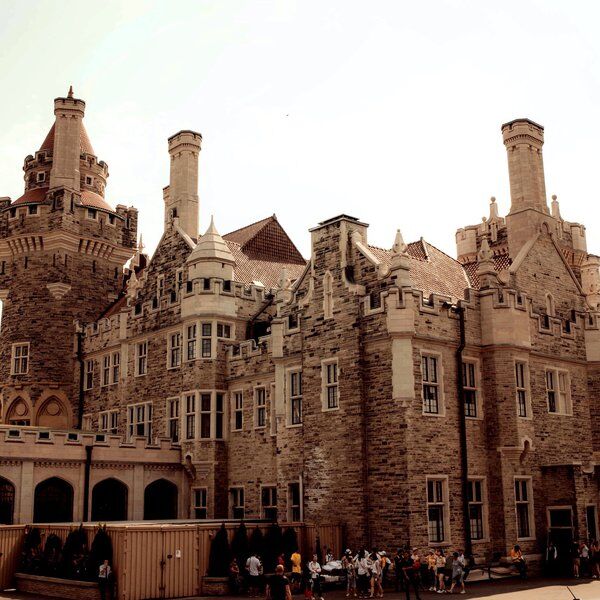If you have ever taken the Don Valley Parkway to or from Toronto then you may have noticed a tall, red-brick chimney protruding from the foliage nearby. This chimney is part of Todmorden Mills, a heritage site and former industrial hot-spot that is well worth a closer look.

The Origins Of Todmorden Mills
In 1795, Toronto (then York) was a small settlement on the shores of Lake Ontario. Building materials were needed to ensure its growth so its Governor, John Simcoe, gave some land on the banks of the Don River to two businessmen, Aaron and Isaiah Skinner, on which to build a lumber mill.
The early years of the mill were struck by tragedy when Aaron and Isaac's brother-in-law, Parsall Terry, died trying to cross the river on horseback during a flood. Despite this, a community grew around the mill and, in 1820, a brewery was set-up next to it.
The brewery was run by Thomas Helliwell and John Eastwood. Helliwell gave his name to the brewery ("Helliwell Brewery"), but it was Eastwood who left the biggest nominal impression on the area. His family was from Todmorden, England, and it is after this that the mill is named.
Todmorden Mills Are Taken Over
The Skinners continued to operate the mill until the mid 1850s when it, along with the brewery, was acquired by the Taylor family. The Taylors were local industrial magnates who owned several mills in the area. One of these, Don Valley Brick Works, supplied the bricks that can still be seen in many of the buildings and roads of Todmorden Mills.
The Taylor's converted Todmorden to make paper and it became one of the first places to produce machine-made paper in the whole of Upper Canada. The sheets made there could be seen in newspapers throughout the region.
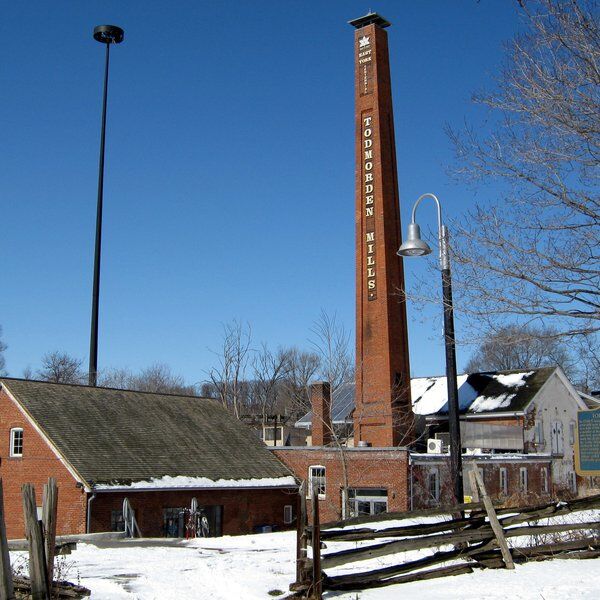
Todmorden Mills Falls Out Of Use
In the 1920s the mill stopped being used to produce paper and was converted to a riding stables. Throughout the years that followed it was used sporadically by squatters struggling during the Great Depression.
In the 1940s it became a Prisoner of War camp. German Merchant Mariners who had been interned at Allied ports at the outset of WW2 were housed there and made to work in the neighboring brick works.
After the war it was used both by riding schools and by light industry until 1967, when it was declared a historic site and turned into a museum.
Todmorden Mills Today
The museum is now made up of four historic buildings: the mill itself, which dates back to 1825 and now houses a theater and a gallery; the old Helliwell house, which has been restored to show what life would have been like in 1867; Regency Cottage, which has similarly been restored, this time to represent life in 1837; and the brewery.
The latest addition to the site is a Wildflower Preserve which was established to reintroduce native fauna into the area and to get rid of invasive species.
The mill is free to visit (although certain special events might charge for admission). It is open on Wednesdays (11am-7pm) and from Thursday to Sunday (11am-5pm). Free 60 minute guided tours are available on each of these days at 11.30am, 1pm, 2.30pm, 4pm and, on Wednesdays, 5.30pm.
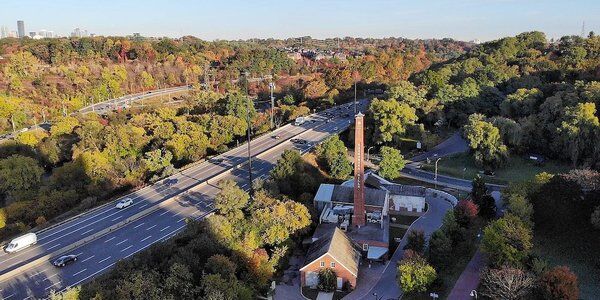
Want to learn more about Toronto and see some of it's secret & hidden sights? Check out our Toronto Scavenger Hunts, puzzle-filled urban adventures lead you through city highlights and best-kept secrets. You'll actively engage with your surroundings to unravel the clues sent directly to your phones. Take optional breaks at great cafes & pub stops and enjoy the city's finest.



